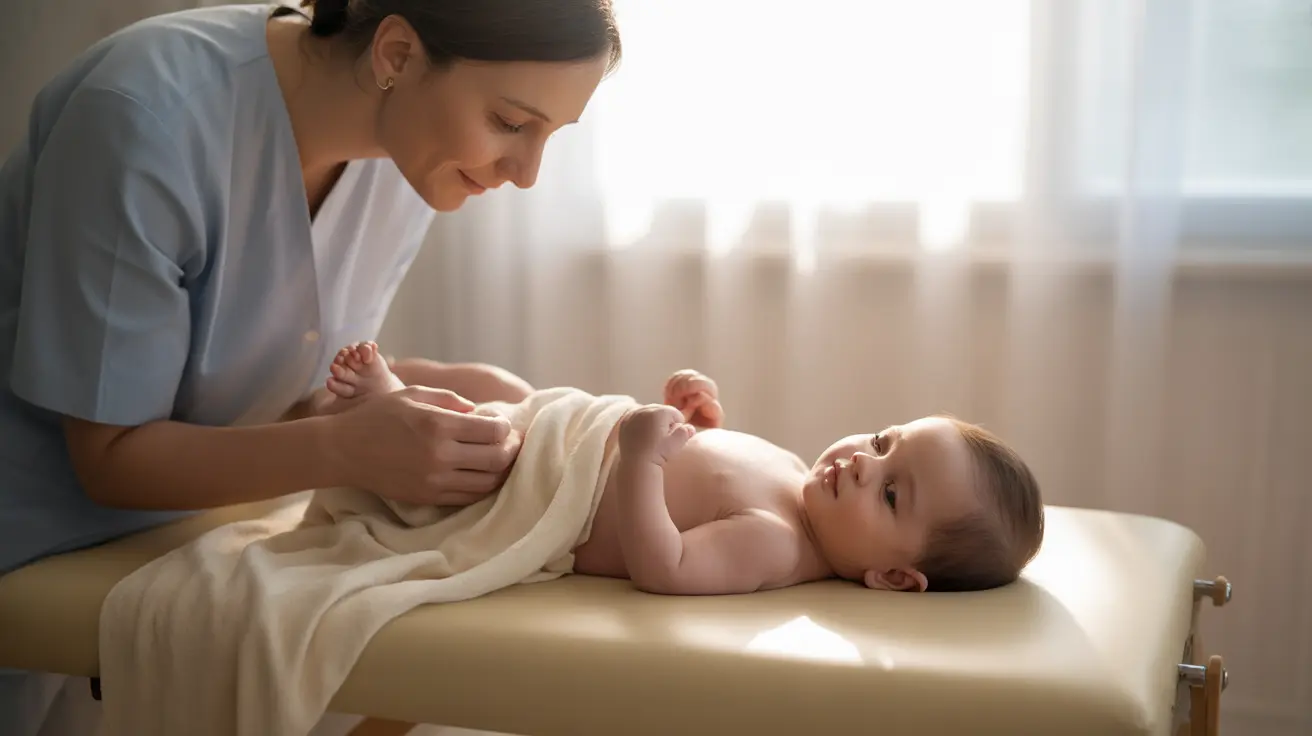For parents seeking gentle, non-invasive treatments for their infants' discomfort, cranial osteopathy has emerged as a popular complementary therapy. This specialized form of osteopathic treatment focuses on subtle manipulations of a baby's skull and spine, aiming to address various common infant conditions. Understanding its potential benefits, limitations, and safety considerations is crucial for making informed decisions about your baby's care.
While many parents report positive experiences with cranial osteopathy for their infants, it's important to approach this therapy with a balanced perspective, understanding both its possibilities and limitations. Let's explore what cranial osteopathy can offer for babies and what scientific evidence says about its effectiveness.
Understanding Cranial Osteopathy for Infants
Cranial osteopathy is a gentle manual therapy that involves light touch and subtle movements to assess and treat tension patterns in a baby's head and body. Practitioners believe these gentle manipulations can help release restrictions in the cranial bones and surrounding tissues, potentially improving various conditions that affect infants.
The technique is exceptionally gentle, using pressure no heavier than the weight of a nickel. This makes it particularly suitable for treating delicate newborns and young infants.
Common Conditions Treated with Cranial Osteopathy
Colic and Digestive Issues
Many parents seek cranial osteopathy when their babies experience colic or feeding difficulties. Practitioners suggest that gentle manipulation may help ease tension patterns that could contribute to digestive discomfort and excessive crying.
Head Shape Concerns
Following birth or extended time lying in one position, some babies develop flat spots or asymmetrical head shapes. Cranial osteopaths work to address these issues through gentle techniques that may help promote more balanced head development.
Feeding and Latching Problems
Some practitioners use cranial techniques to address difficulties with feeding and latching. The theory suggests that birth-related tension patterns might affect a baby's ability to nurse effectively.
Safety and Treatment Approach
During a typical session, the osteopath will first thoroughly assess your baby's medical history and current concerns. The treatment itself involves the practitioner placing their hands gently on different parts of your baby's head and body, using very subtle movements to detect and address any restrictions.
Most babies remain calm during treatment, with some even falling asleep. Sessions typically last 30-45 minutes, with the actual hands-on treatment taking only a portion of this time.
Scientific Evidence and Professional Perspectives
While many parents and practitioners report positive outcomes, it's important to note that scientific research on cranial osteopathy for infants is still limited. Some studies suggest potential benefits for certain conditions, but more robust research is needed to definitively prove its effectiveness.
Healthcare providers generally consider cranial osteopathy safe when performed by qualified practitioners, but it should always be used as a complement to, not a replacement for, standard medical care.
Frequently Asked Questions
What are the benefits and risks of using cranial osteopathy for babies with colic or feeding issues?
Benefits may include reduced crying, improved feeding patterns, and better sleep. Risks are minimal when performed by qualified practitioners, though some babies might experience mild temporary discomfort. The main risk lies in delaying appropriate medical treatment if cranial osteopathy is used exclusively.
How does cranial osteopathy help with head shape irregularities in infants, and is it safe?
Cranial osteopathy may help by gently encouraging more balanced head growth through subtle manipulation of the skull bones. When performed by qualified practitioners, it's considered safe, though results can vary. It should be used alongside recommended positioning techniques and medical guidance.
What are the differences between cranial osteopathy and traditional osteopathy, especially for infants?
Cranial osteopathy uses extremely gentle touch and subtle movements focused primarily on the head and spine, while traditional osteopathy may involve more direct manipulation of the body. For infants, cranial techniques are typically much gentler and more specialized.
Is cranial osteopathy a reliable treatment for excessive crying in babies, and what evidence supports its use?
While some parents report significant improvements in crying patterns, scientific evidence is currently limited. Anecdotal success stories are common, but more research is needed to conclusively prove its effectiveness for excessive crying.
Can cranial osteopathy replace medical care for babies, or should it be used as a complementary therapy?
Cranial osteopathy should always be used as a complementary therapy, not a replacement for standard medical care. It's important to maintain regular check-ups with your pediatrician and use cranial osteopathy as part of a comprehensive approach to your baby's health.




